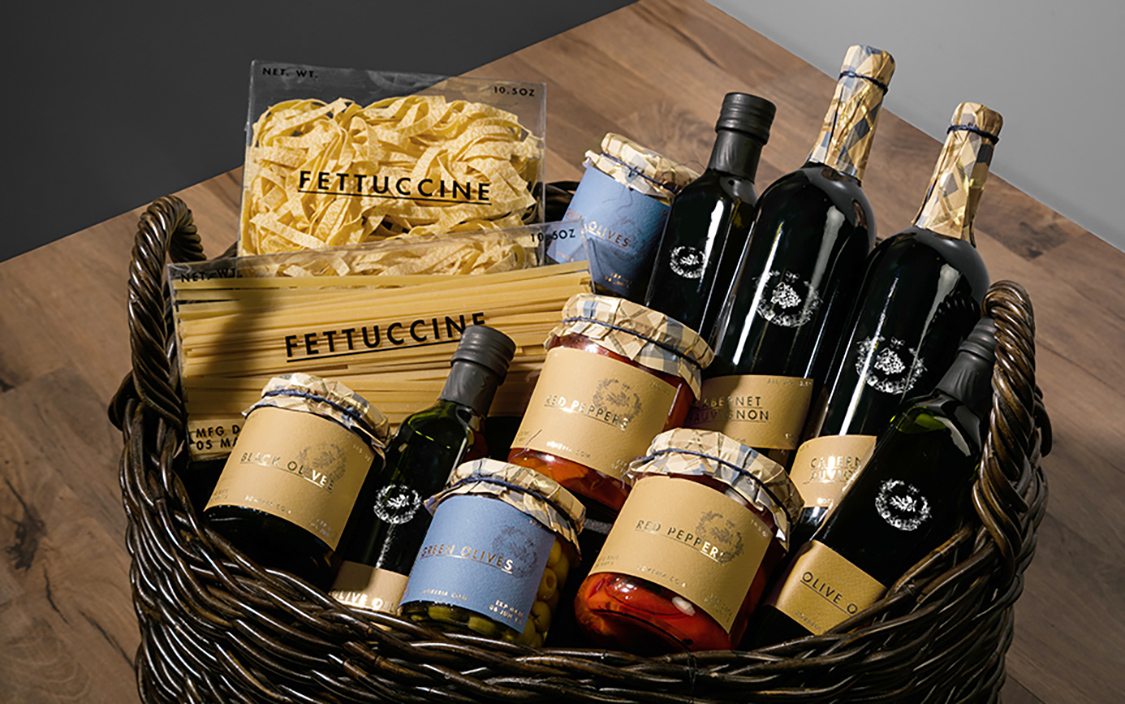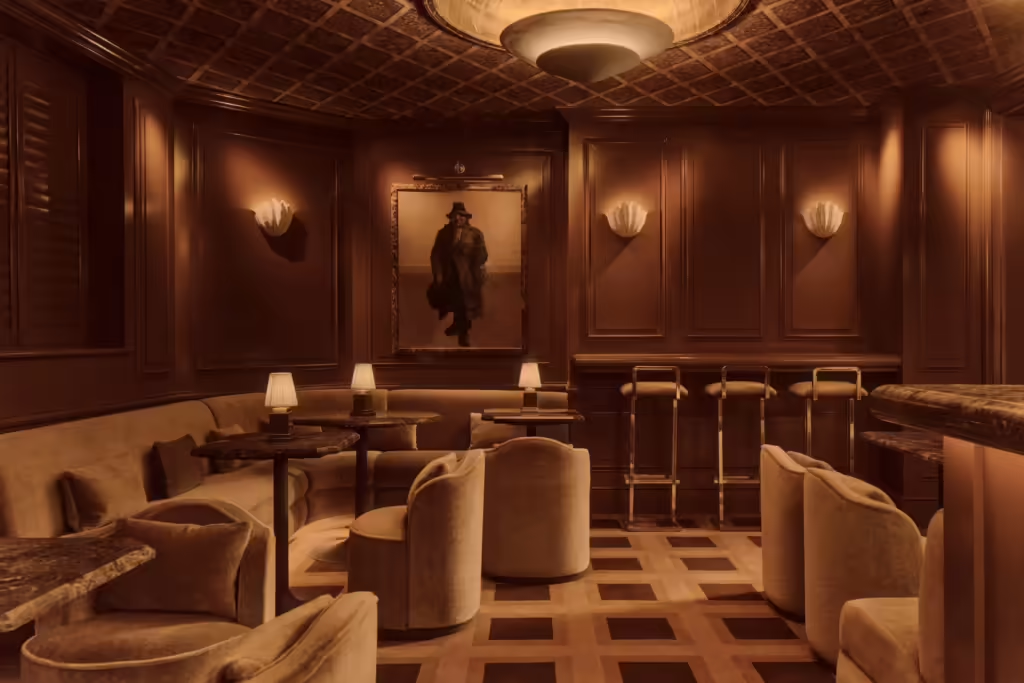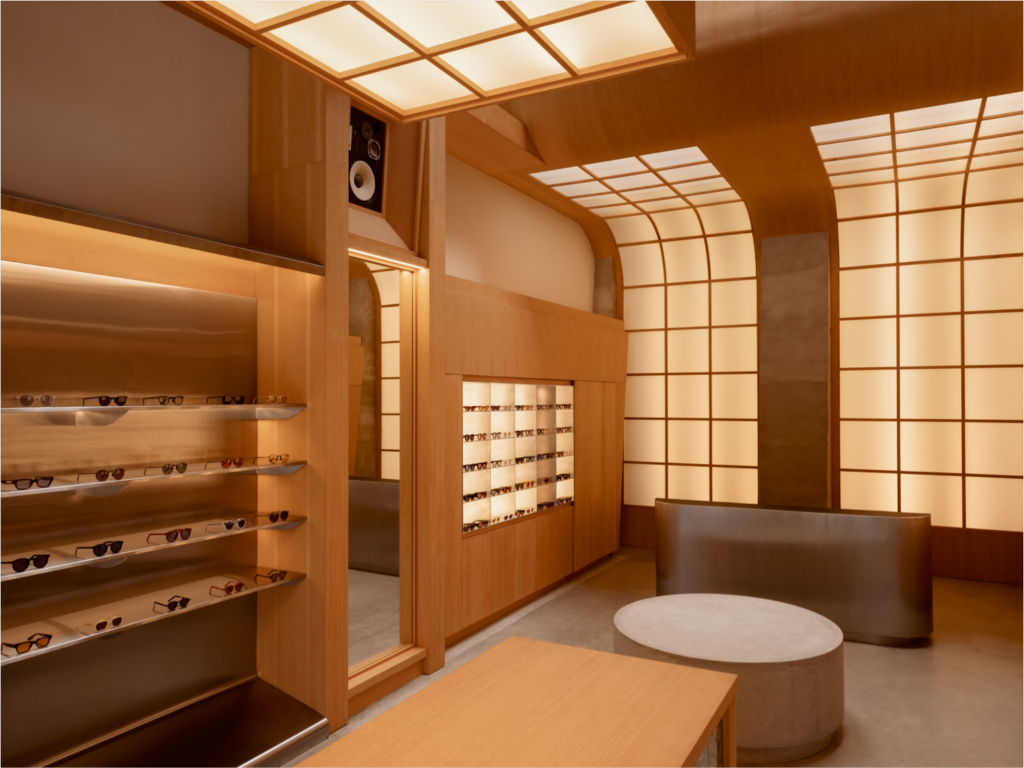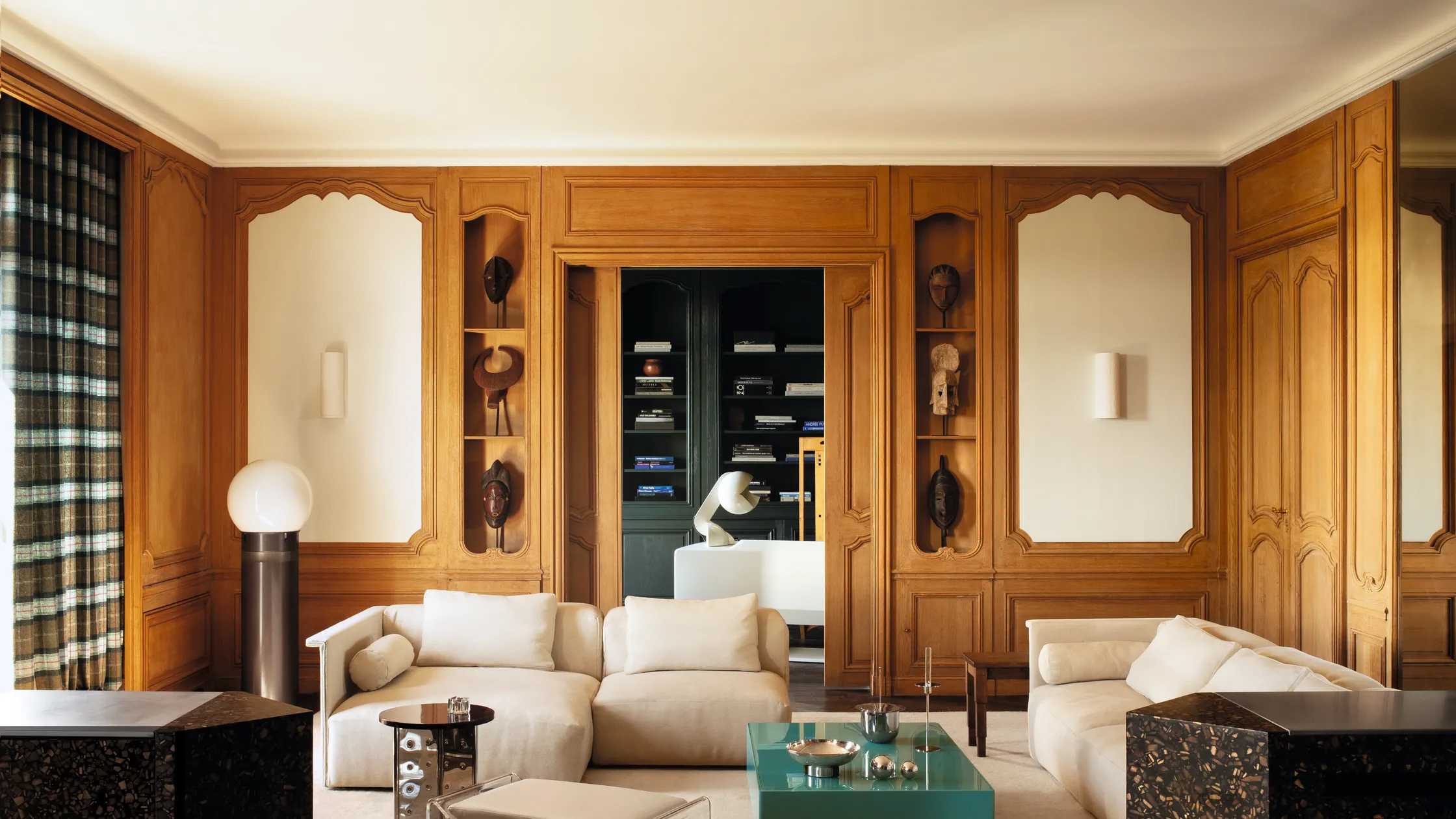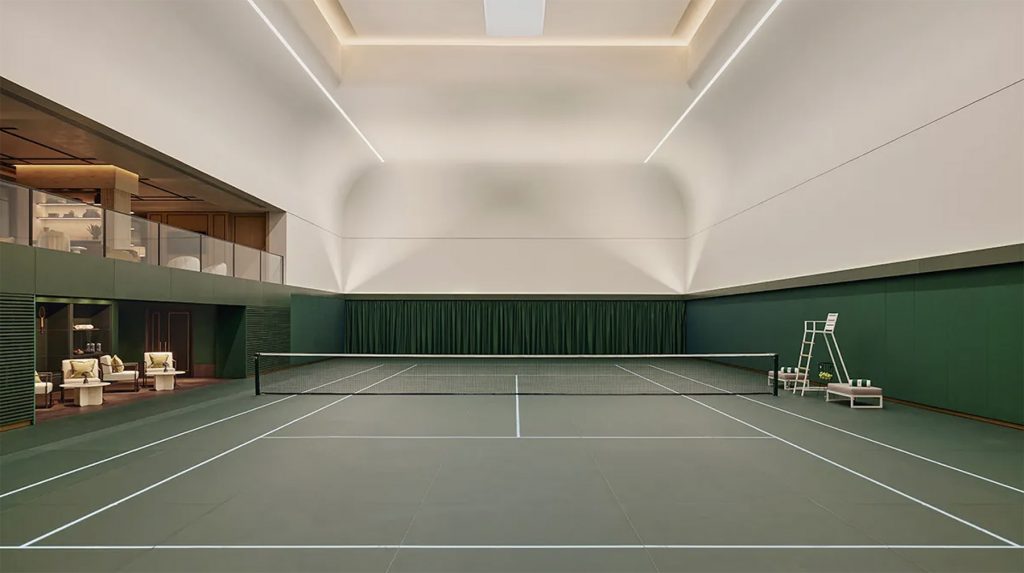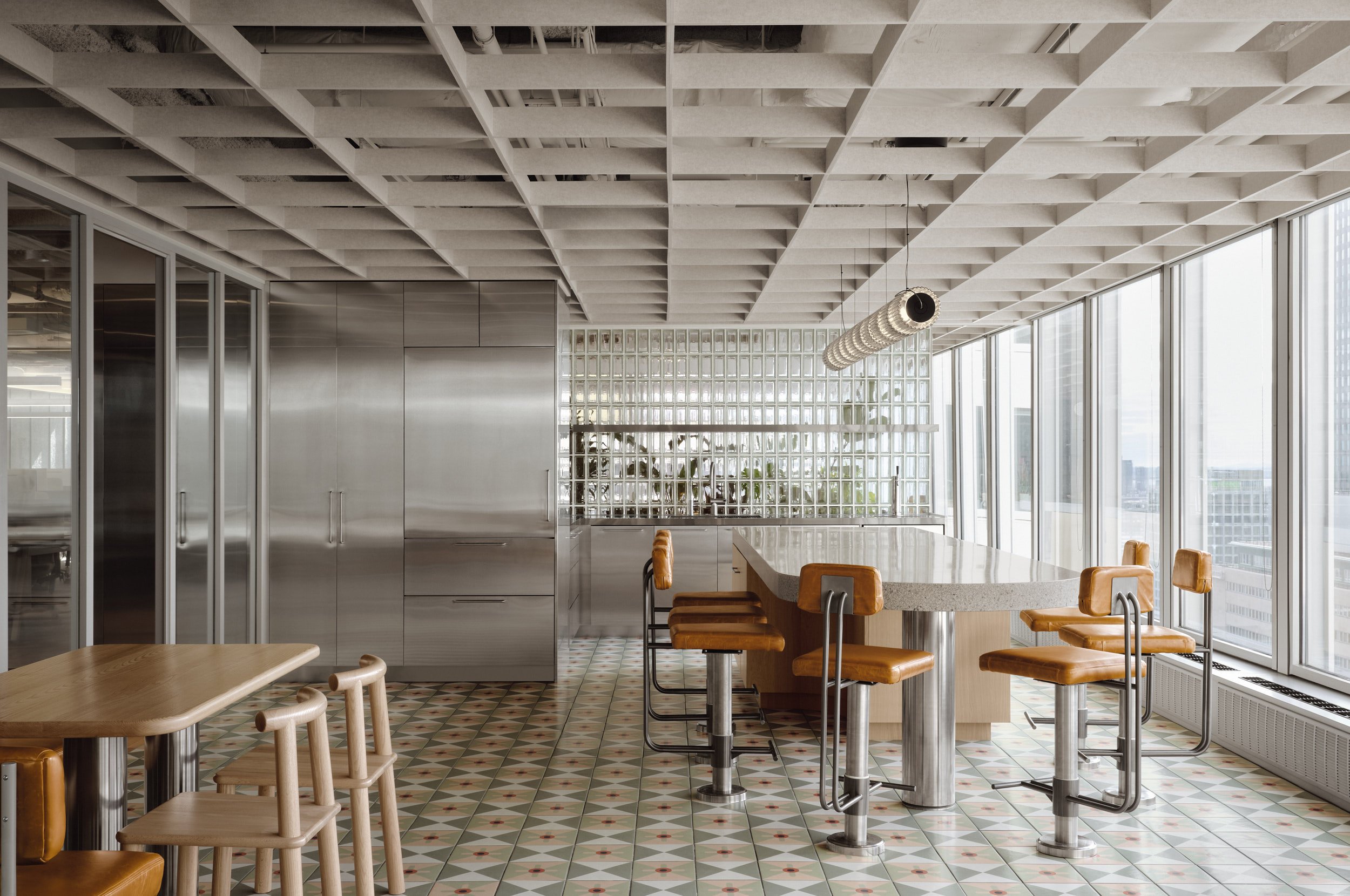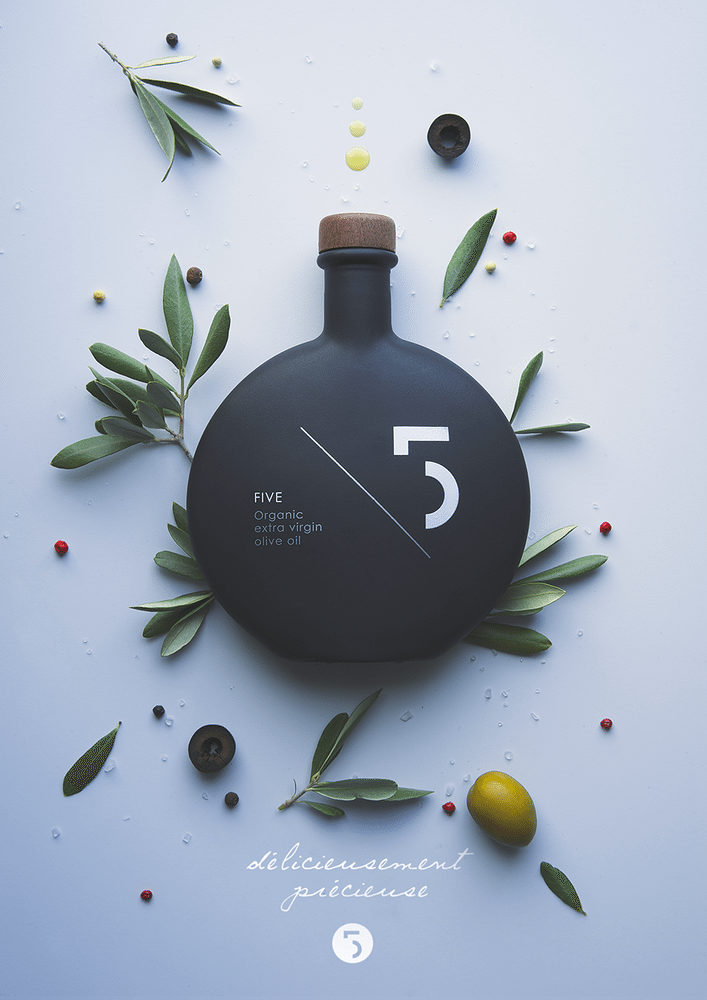
Packaging has power – enormous power – over what we buy. The fashions we wear express who we are. Packaging does that for products. We identify with a product because we believe that it does for us what we wish it to do. And as any brand manager will tell you, we buy the ‘brand promise’ and the package carries a lot of that promise.

Try this test scenario. You are dying to break your shampoo routine, or for some reason cannot find your usual brand. How do you select an alternative? You generally pick a package that appeals to you or draws your attention. Often you do that out of necessity – you don’t have the chance to taste or try most products. The package must do the selling right there on the spot.
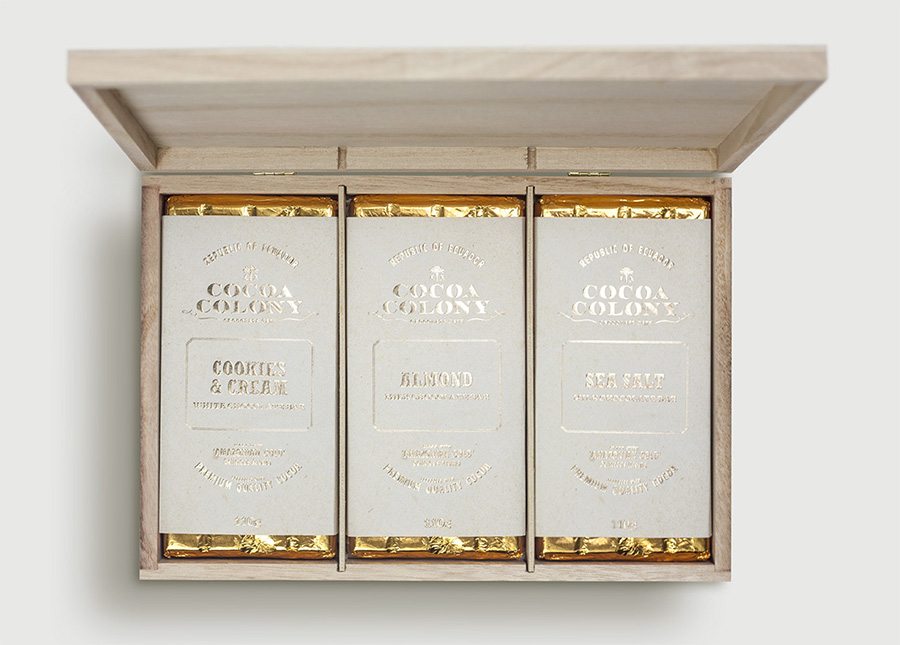
Ask retail anthropologist Paco Underhill (author of Why we buy and Call of the mall) and he’ll likely produce studies and surveys on shelf impact, shopping behavior and consumer psychology, all showing that it does matter what the box looks like, even when we say it doesn’t.
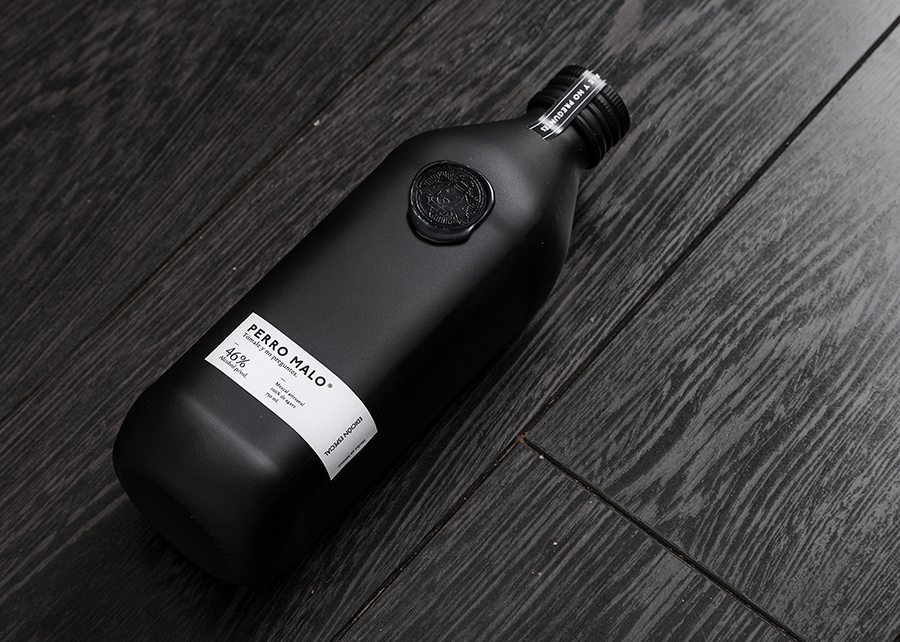
Martin Lindstrom’s latest book Buyology – Truth and Lies about Why We Buyc overs the results of Lindstrom’s $7-million study that attempted to figure out what really makes us vote with our wallets. The over-arching revelation – if it is indeed a revelation – is that, more often than not, we as consumers do not know why we buy. We do not know what actually affects us when we make a buying decision.
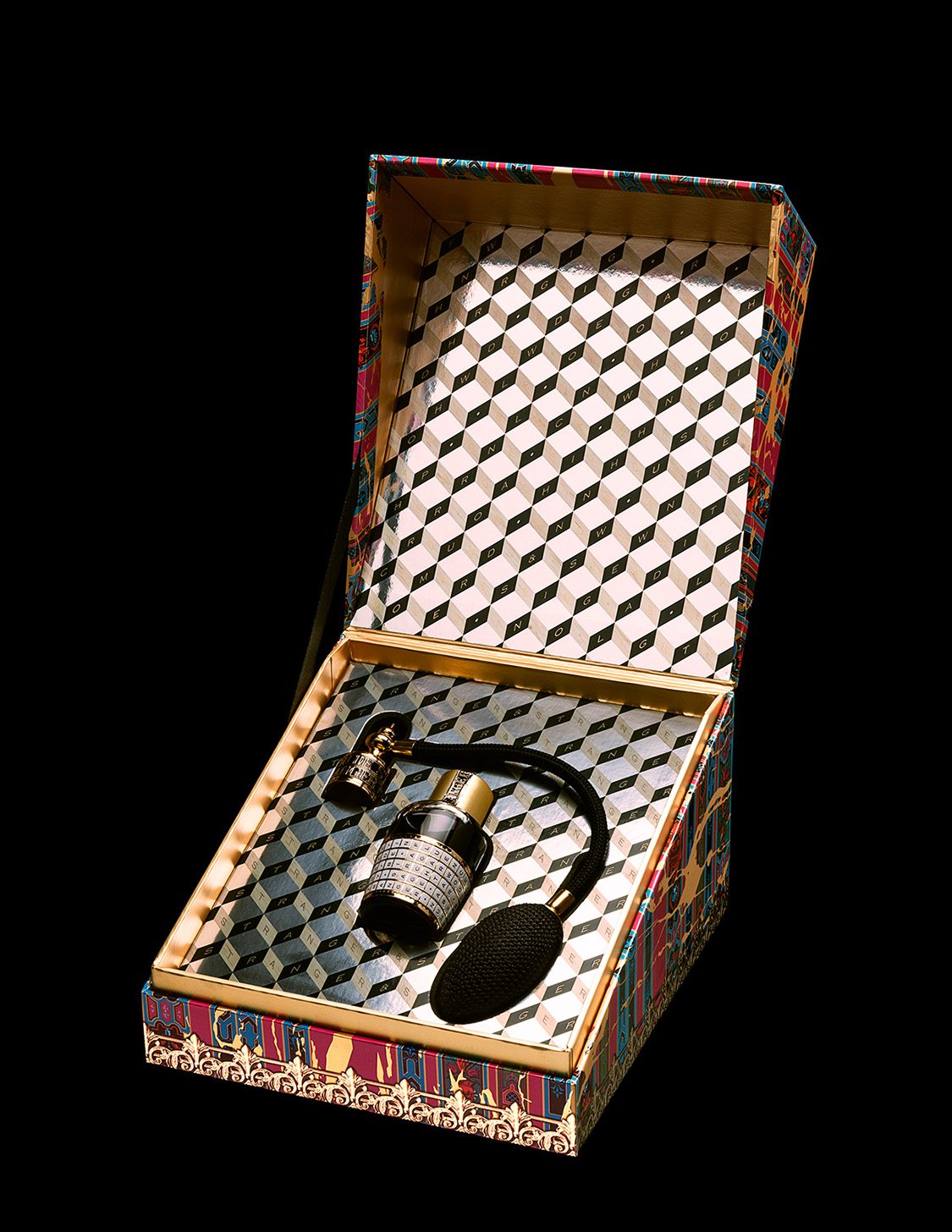
What we do know – and what marketers know – is that it is all about emotions. How does the brand make us feel, is what matters. Our first impressions, whether about products or people, are strong and quick. In many cases, packaging is the main influencer. The billions spent on packaging and branding annually are not spent on spec. Marketers know it works, although even they don’t always know how or why.
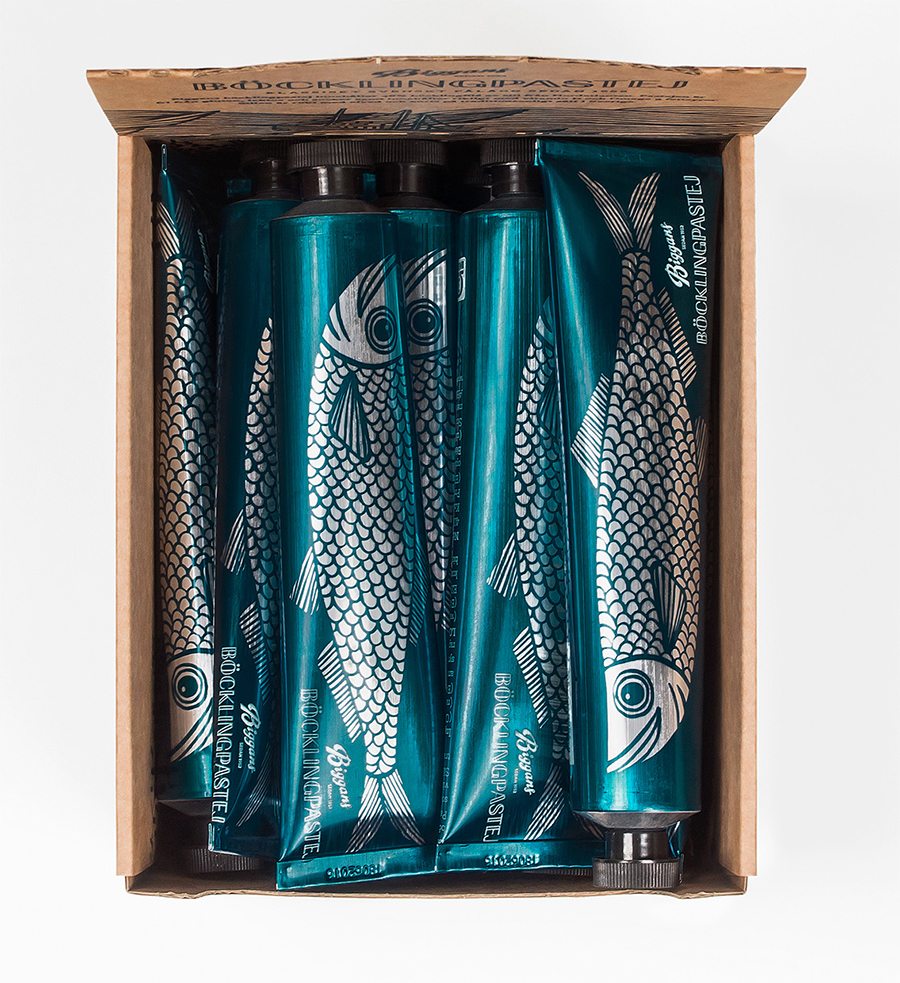
Packaging has a huge impact on many other things as well, not just on our buying decisions. On store shelves, the battle for space and shelf impact is tough. There is a reason why a box of twelve pills is five or more times larger than it actually needs to be to contain the pills.Theft is one concern, possibly also anti-tampering, but mostly it is about taking up space, taking it away from the competition.
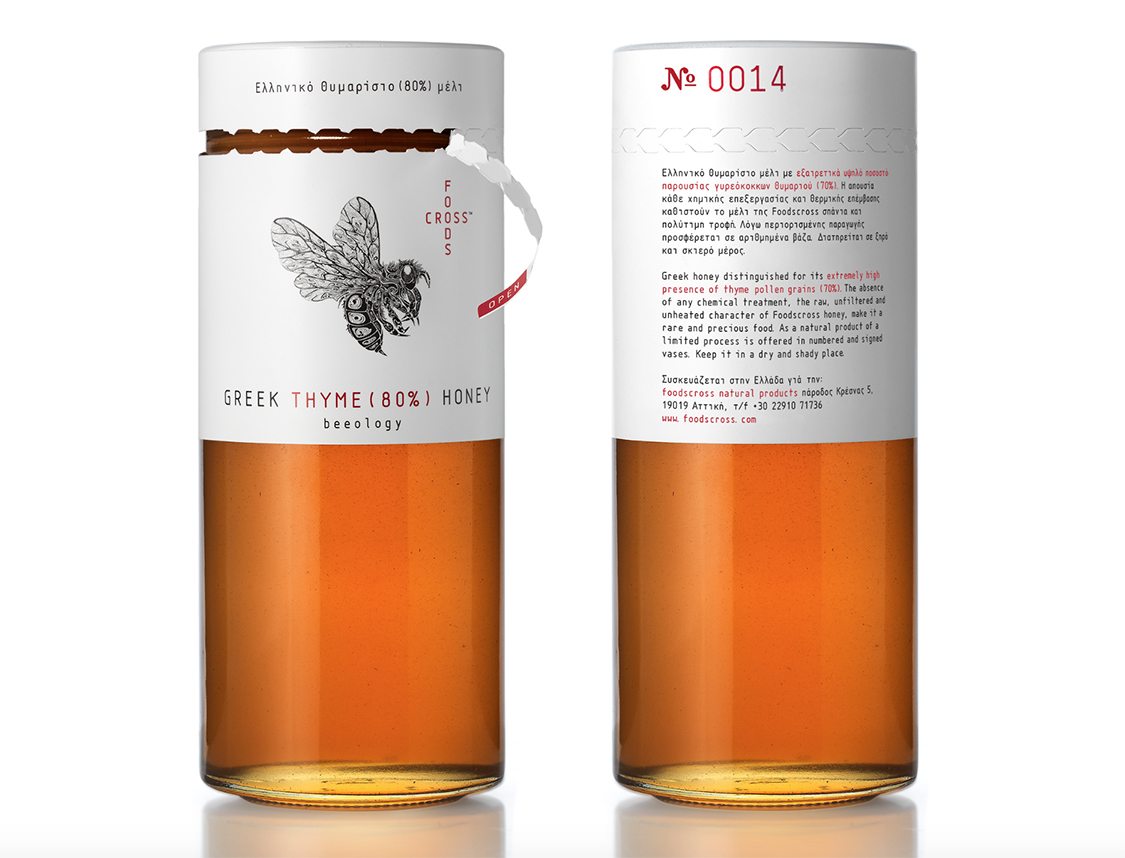
As the brand gains shelf space with the bigger box, other things happen as well. The bigger the box, the more shelving is needed. The more shelving is used, the larger the store needs to be. The larger the store, the higher the rent and the more staff is needed to keep it running. We can keep going along this route.
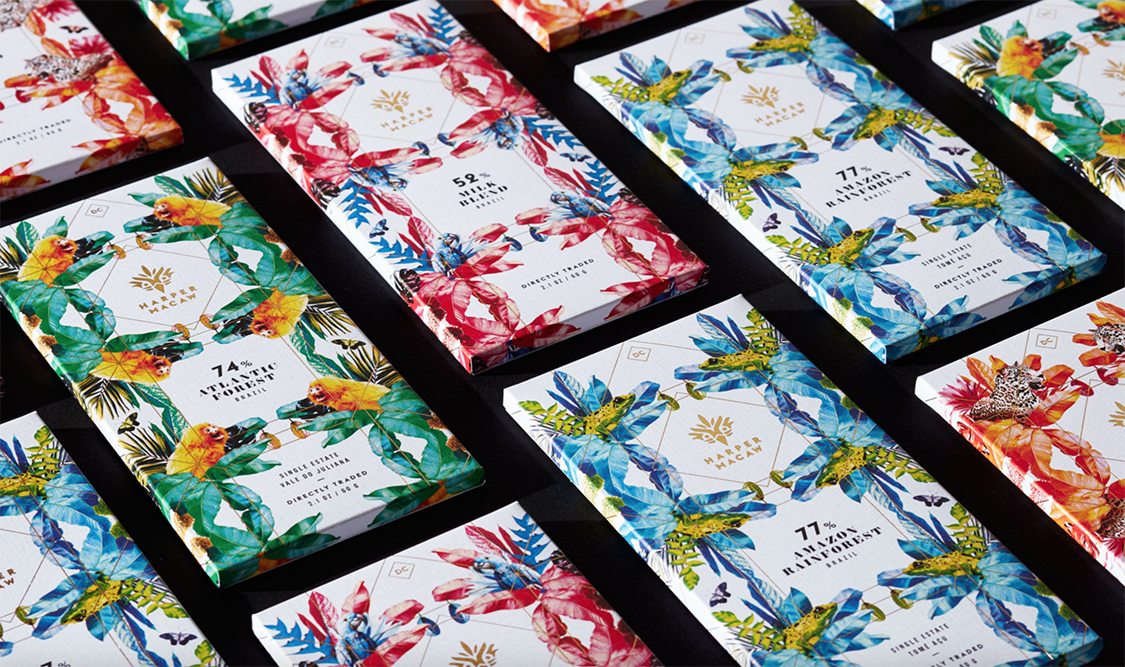
The larger box also means larger cartons to ship the boxes, larger warehouses, larger trucks and so on. A larger box uses up more materials, more trees are cut down, more plastic is used, more garbage is accumulated… And of course, it all costs more. We are not trying to say that packaging is the cause of all ills, but we are suggesting that designing and producing ‘a slightly bigger box’ is not a small decision.
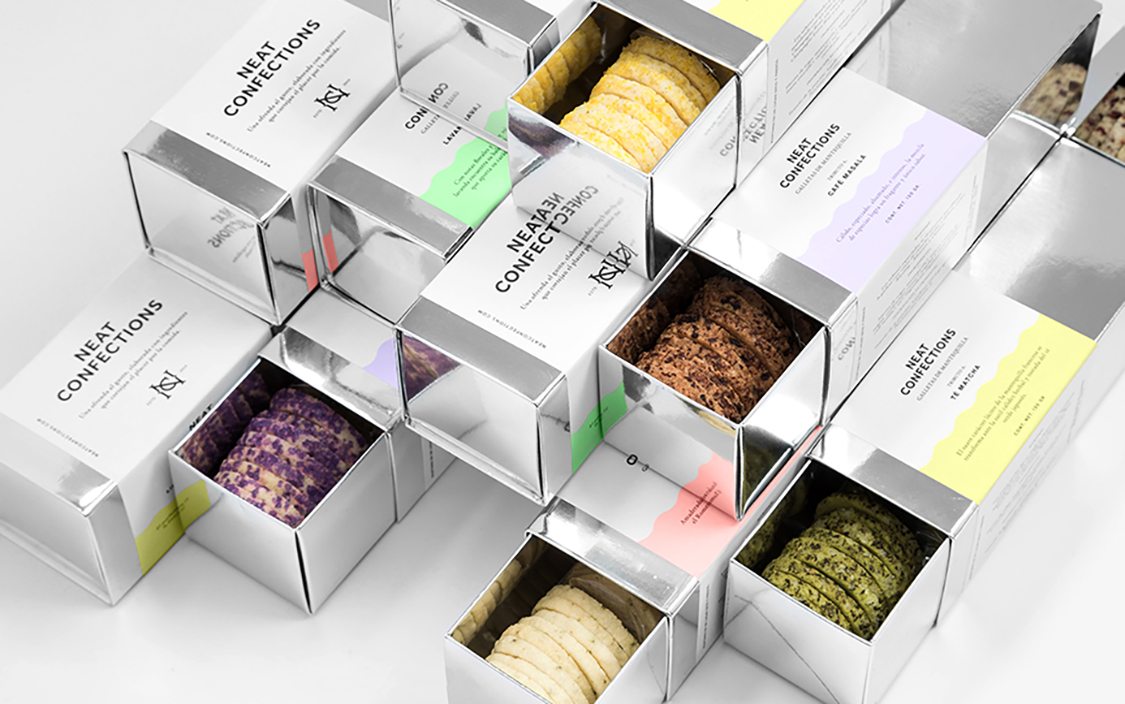
We also feel that we must finally start seriously caring about the environmental impact of unnecessary and eco-unfriendly packaging. Designers, manufacturers, retailers and consumers are the ones that can influence what happens in the packaging world. Packaging manufacturers will follow and start making whatever the market wants to buy. Ideally,of course, manufacturers of packaging should also invest more in developing eco-friendly options, but if unfriendly options keep selling well, why would they change?
Our daily behaviour proves that branding and packaging are important. There is nothing inherently wrong with that.
But there is a bigger picture and it includes the inconvenient truth that much of packaging still ends up in garbage, in landfills or in the oceans.

The challenge is to keep the cool, the impact, the fun and the practical function of packaging, but to do it in a way that doesn’t do any damage.
